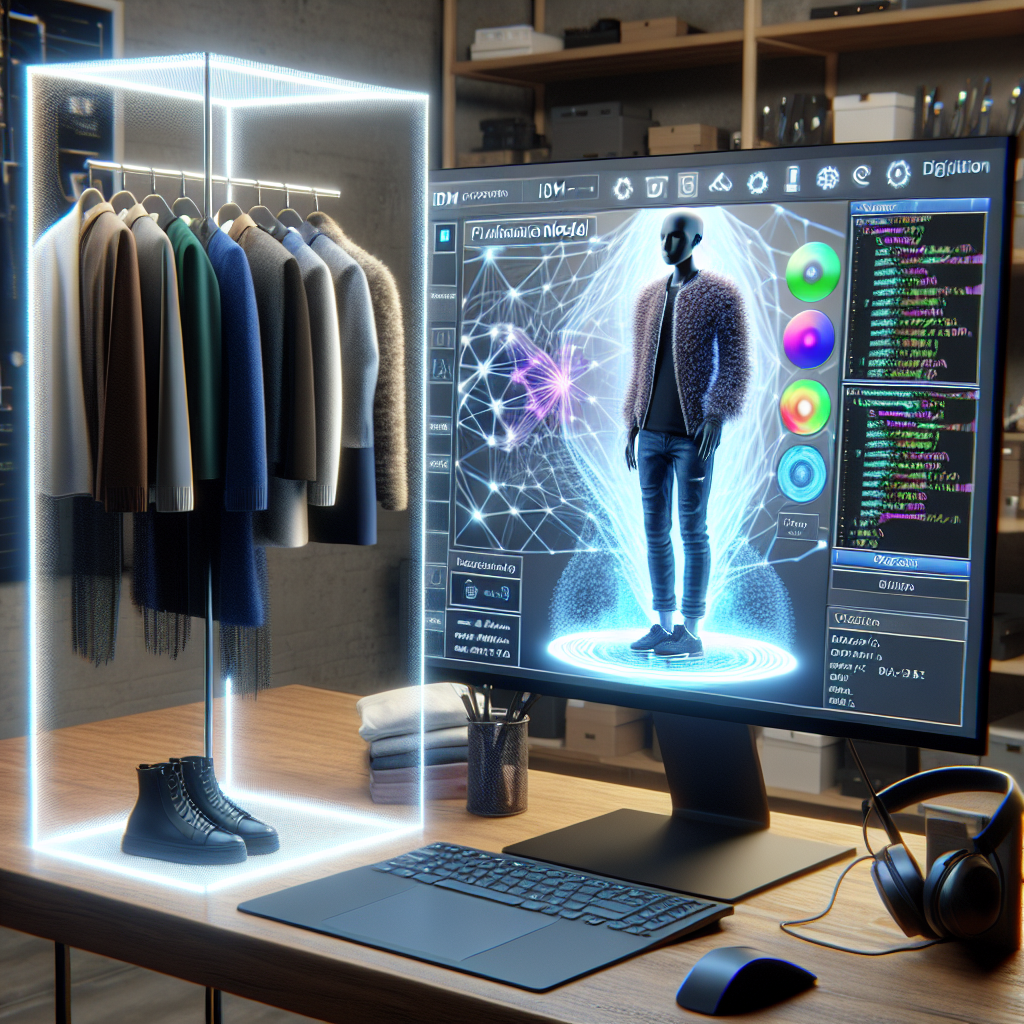Are you ready to dive into the world of virtual fashion? With IDM-VTON, you can enhance your wardrobe digitally using advanced diffusion models. This guide will walk you through setting up and utilizing IDM-VTON for your virtual try-on experiences!
What is IDM-VTON?
IDM-VTON stands for Improving Diffusion Models for Authentic Virtual Try-On in the Wild. As the name suggests, it leverages cutting-edge diffusion models to create lifelike virtual try-on experiences, allowing you to visualize how different outfits would look on you without ever stepping into a fitting room.
Getting Started with IDM-VTON
To begin your journey with IDM-VTON, follow these straightforward steps:
Step 1: Set Up Your Environment
Make sure you have a compatible environment ready. You need the following:
– A machine with GPU support (recommended for performance)
– Access to the necessary libraries and dependencies. You can find the code in the [GitHub repository](https://github.com/yisol/IDM-VTON).
Step 2: Clone the Repository
You can easily clone the repository by using the following command in your terminal:
git clone https://github.com/yisol/IDM-VTON.git
Step 3: Install Required Packages
Once you’ve cloned the repository, navigate to the project directory and install the required packages. This can generally be done using pip:
pip install -r requirements.txt
Step 4: Access the Demo
Want to see how it works before diving deeper? You can play around with the demo available on Hugging Face: [Try our huggingface Demo](https://huggingface.co/spaces/yisol/IDM-VTON).
Running Inference
Now that you have everything set up, it’s time to run your first inference. In the context of IDM-VTON, think of running inference as setting a scene in a theater. You’ve built the stage with all the right props (your data), and now you’re ready to bring the characters (the outfit and the model) to life.
An Analogy: Virtual Try-On as a Fashion Show
Imagine organizing a grand fashion show where various models don outfits from different designers. Each model demonstrates how the clothing looks in real-time, giving the audience a cohesive experience. In this analogy:
– The models represent the digital avatars.
– The outfits are the clothing items you want to visualize.
– The fashion show is the process of inference where IDM-VTON showcases how these items look together.
Troubleshooting
If you encounter any issues while setting up or using IDM-VTON, here are some troubleshooting tips:
1. Installation Issues: Ensure that you have all dependencies properly installed. Check the `requirements.txt` for any missing packages.
2. GPU Errors: If you’re facing any GPU-related errors, confirm that your GPU drivers are up-to-date and correctly set up.
3. Data Input Problems: Make sure your input images follow the expected format. You can refer to the example data provided in the repository.
4. Isolation of Issues: If something isn’t working as expected, try isolating the problem by checking each section of the code individually.
For more troubleshooting questions/issues, contact our fxis.ai data scientist expert team.
Conclusion
With IDM-VTON, you have a powerful tool at your disposal for creating realistic virtual try-on experiences. Whether you’re a developer or a fashion enthusiast, setting this up opens doors to exciting opportunities in the fashion tech space. Remember, the world of virtual fashion is just a few commands away — happy trying on!

